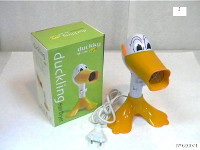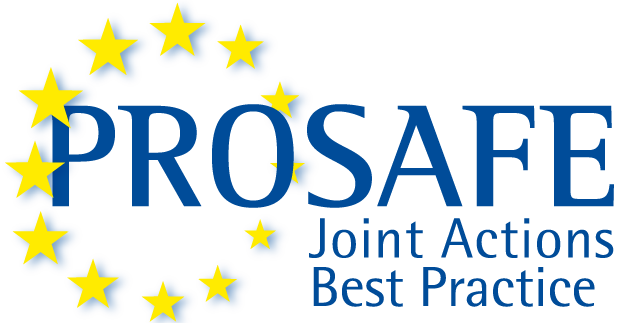JA2009 - Child Appealing Appliances

Thus, the need for a Joint Action was peremptory and thirteen EU market surveillance authorities joined the project under the co-ordination of PROSAFE.
The primary purpose was to create a common understanding among market surveillance authorities of the characteristics that may make household appliances child appealing. In addition, the project aimed at promoting a harmonised approach to the market surveillance and enforcement of the safety requirements for household appliances that may be child appealing.

One of the tasks of the JA was the composition of an Inventory of Existing Statements on Child-appealing Appliances (part1, part2, part3, part4 and part5). The CAA working group created a questionnaire consisting of 65 questions that was further distributed to more than 300 directly addressed recipients.
The Atlas is the main deliverable of the project and is based upon discussions with representatives from LVD ADCO, stakeholders of LVD-WP, the work of the participating market surveillance authorities and on the Intertek research. It is important to notice that the ATLAS (frontpage) and the Tool, as submitted with the final report, are but drafts and have been superseded in the meantime. The latest versions of the Atlas and the Tool can be provided via the national market surveillance authorities, the chairman of LVD ADCO or the former project leader.

The guidance in the ATLAS, used with the tool, does not relieve the user from their obligation to determine for any individual product whether it falls within the definition of child appealing or not and, regardless of whether child appealing or not, whether it is compliant with the LVD or not. Based on the Union legislation, one must proceed on a case-by-case basis, taking account of all the characteristics of the product. Therefore, the ATLAS, used with the tool, does not “prescribe” whether a product is child appealing or not, but may serve as one out of many elements used to support the case-by-case decision on individual products.
